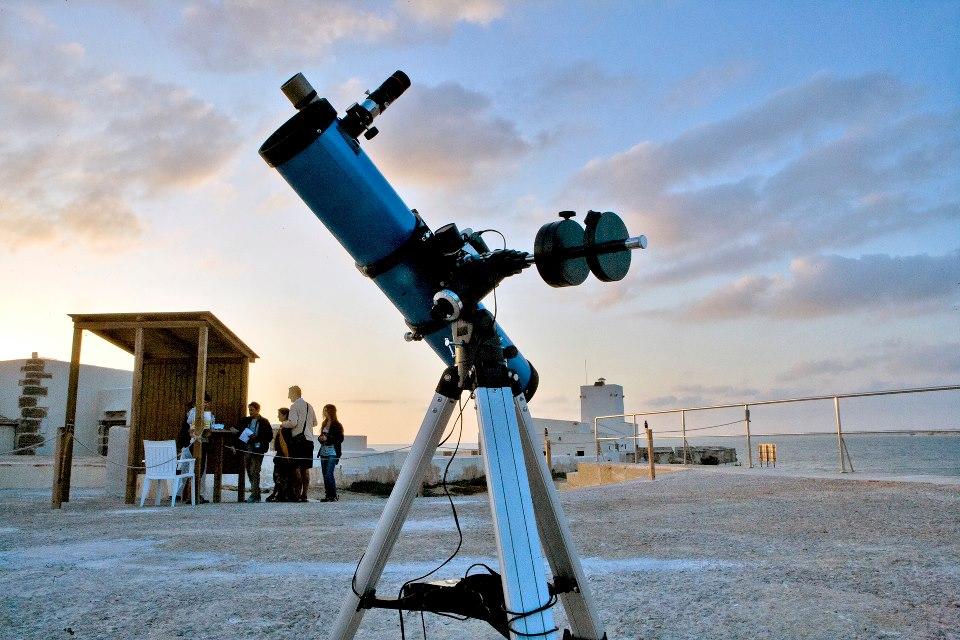Casa Natal de Camarón de la Isla

- Key element 1: From the Island to San Fernando. José was born and spent his childhood and adolescence in San Fernando, a city with a long history linked to the sea that exerted a great influence on that slim blonde boy. 'What do I care if the salt flats dry up, as long as I can screw you. The estuary of Sancti-Petri. The Salt Flats of San Fernando, mirrors of sun and salt where the boats sleep' Bay of Cádiz. Camarón de la Isla. Fernando Vilallón and Ricardo Pachón. Salt, fishing, collecting shellfish and the development of industry in the city, all have their place in this key element In this room we are accompanied by sounds of the Island that evoke the sea, the daily hustle and bustle of its streets...
- Key element 2: The Barrio de las Callejuelas. This neighbourhood is more than 300 years old and grew up around the church of El Carmen. It was without a doubt the real life setting for Camarón's childhood. The street was his school.
- Key element 3: Camarón's home. The Neighbourhood Patio. José was born on 5 December 1950 in this farmhouse. The house consists of several rooms around an open central patio, called the 'patio de vecinos' (neighbourhood patio), it was a social universe where six family groups shared not just a common space, but all their life experiences. The small rooms were distributed among different families who had to share the common services, located in the patio: the well, the toilet, a simple hole in the ground located in a small enclosure with a door, as well as the kitchen.
- Key element 4: The Keys to Flamenco. Flamenco is an artistic expression resulting from the fusion of vocal music, the art of dance and musical accompaniment, all to express a wide range of feelings and moods. With this key you will also discover that he enjoyed all the different 'palos' (traditional styles) of Flamenco.
- Key element 5: Forging the Legend. Camarón lived in a humble and free environment, like any child in the neighbourhood. His special gift, his genius, his skills for Flamenco singing already announced his future success.
- We finish in the rooms where Camarón lived with his parents, brothers and sisters. These two rooms make up the Casa de Los Monge. The entrance hall where you can listen to testimonies by people who were very close to Camarón and a final room that is a retreat: a special tribute to our neighbour: A bulrush chair and a carnation preside over the room as a tribute to the legend, It is a place of retreat. Camarón may well have been the most personal Flamenco singer of the most recent generations of Flamenco artists, his magical spirit is evident at all times and even his most everyday expressions incite emotion, bringing out a certain sensitivity in the feelings and meaning of his Flamenco singing. Here we have a Flamenco singer with a certain special magic that by its own merits has gone down in history
Services and infrastructure
Target audiences
Segments
Specialties
Season
Duration
You may be interested





















